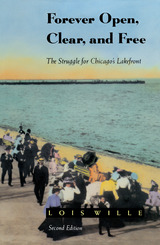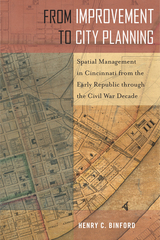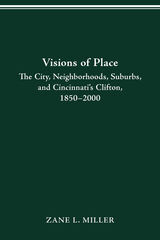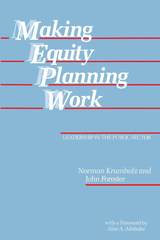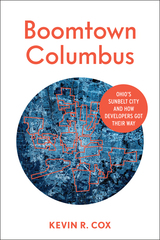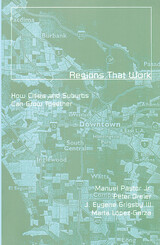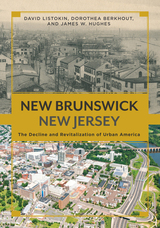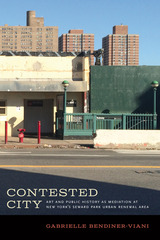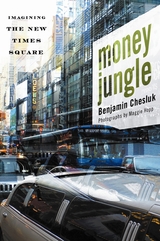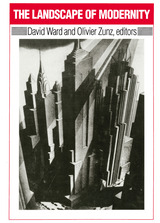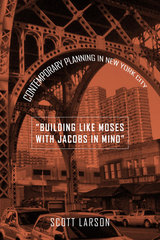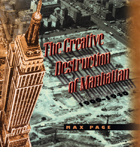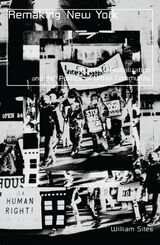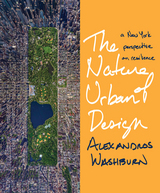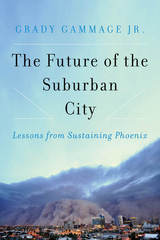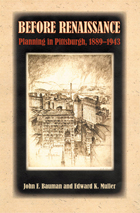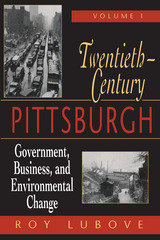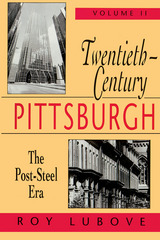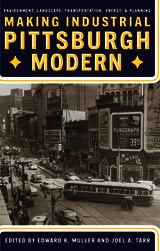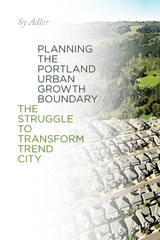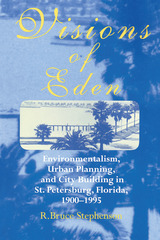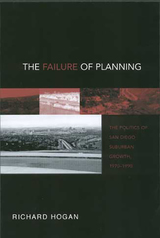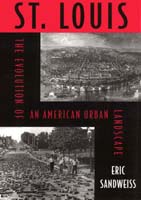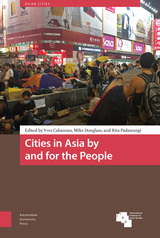Empire City: The Making And Meaning Of
Temple University Press, 2003
Paper: 978-1-59213-235-5 | Cloth: 978-1-56639-950-0
Library of Congress Classification HT168.N5S35 2002
Dewey Decimal Classification 307.1216097471
Paper: 978-1-59213-235-5 | Cloth: 978-1-56639-950-0
Library of Congress Classification HT168.N5S35 2002
Dewey Decimal Classification 307.1216097471
ABOUT THIS BOOK | AUTHOR BIOGRAPHY | REVIEWS | TOC
ABOUT THIS BOOK
New York's metamorphosis from compact port to modern metropolis occurred during the mid-nineteenth century. Empire City tells the story of the dreams that inspired the changes in the landscape and the problems that eluded solution.
Author David Scobey paints a remarkable panorama of New York's uneven development, a city-building process careening between obsessive calculation and speculative excess. Envisioning a new kind of national civilization, "bourgeois urbanists" attempted to make New York the nation's preeminent city. Ultimately, they created a mosaic of grand improvements, dynamic change, and environmental disorder. Empire City sets the stories of the city's most celebrated landmarks -- Central Park, the Brooklyn Bridge, the downtown commercial center -- within the context of this new ideal of landscape design and a politics of planned city building. Perhaps such an ambitious project for guiding growth, overcoming spatial problems, and uplifting public was bound to fail; still, it grips the imagination.
Author David Scobey paints a remarkable panorama of New York's uneven development, a city-building process careening between obsessive calculation and speculative excess. Envisioning a new kind of national civilization, "bourgeois urbanists" attempted to make New York the nation's preeminent city. Ultimately, they created a mosaic of grand improvements, dynamic change, and environmental disorder. Empire City sets the stories of the city's most celebrated landmarks -- Central Park, the Brooklyn Bridge, the downtown commercial center -- within the context of this new ideal of landscape design and a politics of planned city building. Perhaps such an ambitious project for guiding growth, overcoming spatial problems, and uplifting public was bound to fail; still, it grips the imagination.
See other books on: City planning | Empire City | Meaning | New York | New York (N.Y.)
See other titles from Temple University Press

